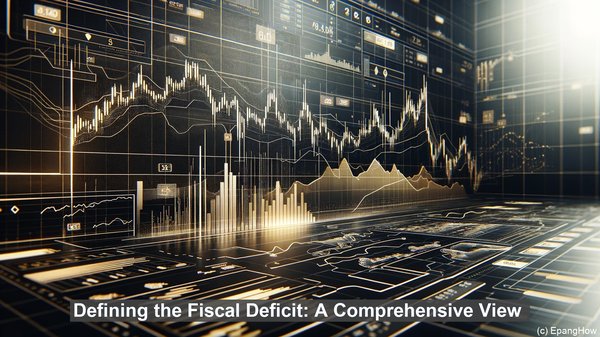Introduction: The Financial Landscape of Governments
Greetings, ladies and gentlemen! As we delve into the intricacies of government finance, it’s crucial to grasp the fundamental concepts. Today, we’ll be focusing on the fiscal deficit and the primary deficit – two terms that hold immense importance in this domain.

Defining the Fiscal Deficit: A Comprehensive View
The fiscal deficit, in essence, represents the gap between a government’s total expenditure and its total revenue. It is a measure of the government’s borrowing requirement to meet its expenses. This includes both revenue and capital expenditures, as well as interest payments on past borrowings. In simpler terms, it’s the overall budgetary shortfall that a government faces.
Unraveling the Primary Deficit: A Deeper Insight
While the fiscal deficit encompasses the entire financial picture, the primary deficit narrows it down. It excludes the interest payments on past borrowings. By doing so, it offers a clearer understanding of the government’s current financial health, excluding the burden of past debts. In other words, it reflects the government’s borrowing requirement for its day-to-day functioning and developmental activities.

The Significance of the Distinction: Implications and Indicators
Why is it crucial to differentiate between these two deficits? Well, the primary deficit is often seen as a more accurate measure of a government’s fiscal prudence. By excluding interest payments, it provides insights into the government’s ability to manage its current expenses without relying heavily on borrowings. It serves as an indicator of the government’s financial discipline and its capacity to meet its obligations.
Economic Ramifications: Balancing Act and Growth
Both deficits have implications for the economy. A high fiscal deficit, if not managed effectively, can lead to inflationary pressures and a potential debt crisis. On the other hand, a high primary deficit, even with a low fiscal deficit, can indicate a lack of investment in productive assets, potentially hampering long-term growth. Striking a balance between the two is crucial for sustainable economic development.
